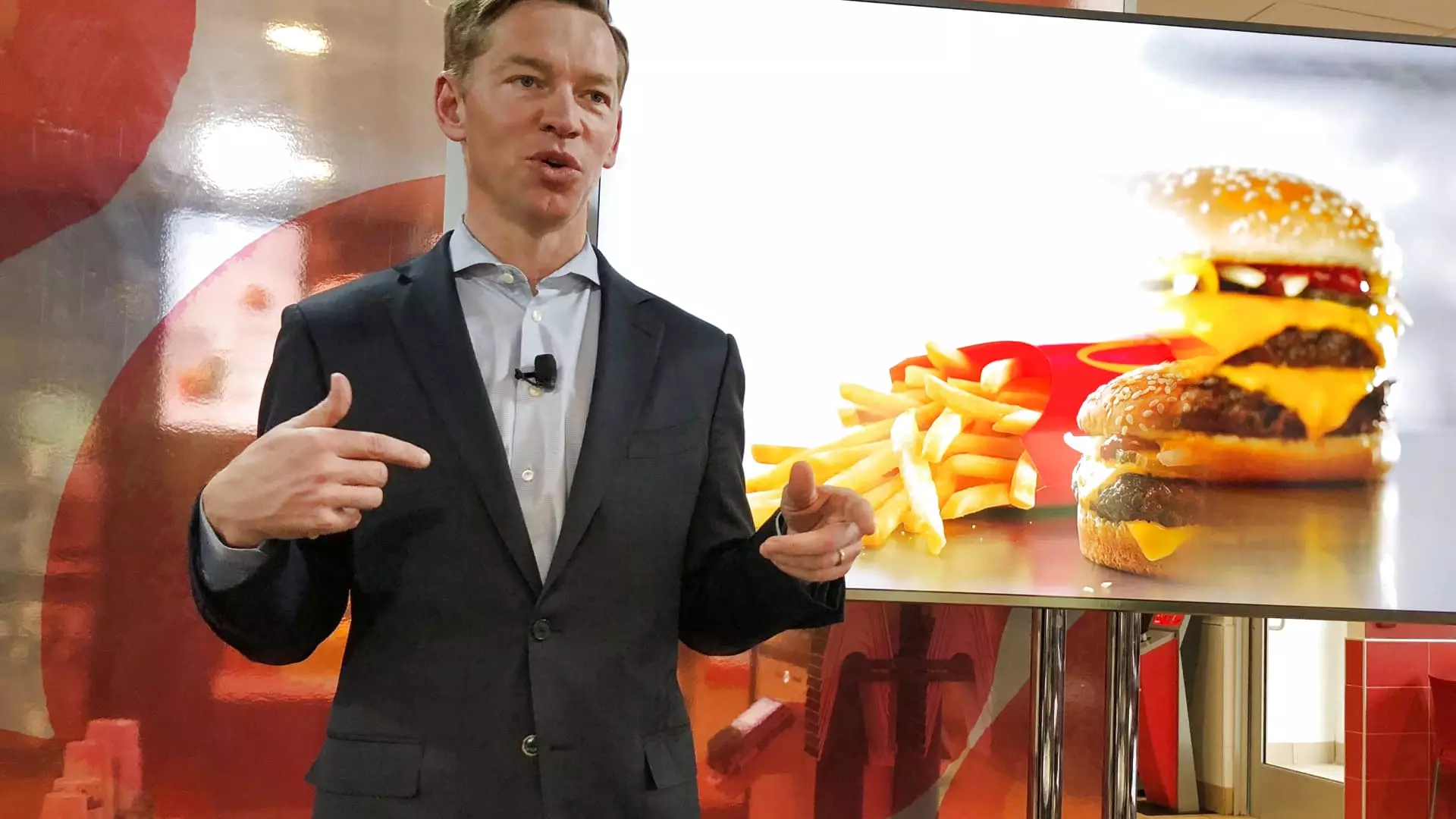In recent times, the fast food giant McDonald’s found itself in the crosshairs of a health scare when an E. coli outbreak was linked to its popular Quarter Pounder burgers. The alarming situation, which resulted in numerous cases of foodborne illness across multiple states, led health authorities and consumers to cast a wary eye on the brand. With a confirmed connection to these burgers, including one tragic death, the public outcry intensified, prompting McDonald’s to withdraw the affected item from its menus in approximately 3,000 U.S. outlets.
This outbreak served as a stark reminder of the vulnerability of large-scale food chains to health crises, particularly regarding the stringent monitoring required of food supply chains. While health officials investigated the origins of the outbreak, it appeared that the fresh beef patties themselves were not the source of the E. coli contamination. Instead, attention turned toward the slivered onions used in the burgers, leading to suspensions of orders from their supplier and subsequent changes in menu offerings.
In the wake of this crisis, McDonald’s CEO Chris Kempczinski attempted to steer the conversation toward reassurance and company resilience during a recent conference call with investors. By asserting that “the situation appears to be contained,” Kempczinski aimed to instill confidence in shareholders, emphasizing the company’s proactive response in managing the fallout. Despite acknowledging that sales had initially dropped—contributing to a concerning decline in daily traffic—he projected a future of recovery, insisting that with consumer confidence restored, the company could bounce back from this setback.
Supporting this optimistic outlook, the CFO, Ian Borden, played a crucial role in framing the recovery narrative. He noted how consumer behavior appears to quickly shift based on recent events, indicating that while the E. coli crisis briefly hampered sales, McDonald’s had a strong foundation leading into October, thanks to promotions like their $5 value meal and the recently launched Chicken Big Mac. This agility in adjusting to consumer sentiment is essential for a company of McDonald’s stature.
Despite the downward spiral following the outbreak announcement, McDonald’s reported modest year-over-year growth of 0.3% in same-store sales within the U.S. for the third quarter. This figure, while an improvement over prior periods, fell just short of market expectations, revealing the lingering impact of the E. coli incident. Furthermore, the company faced broader challenges in international markets, where same-store sales were down 1.5%. These financial intricacies underscore the complex dynamics of a global fast-food empire that must maintain an impeccable reputation while managing unforeseen crises.
McDonald’s investors reacted cautiously, leading to a minor dip in stock prices initially. However, the eventual rebound during the call signified a cautious optimism as shareholders seek assurances that the brand will recover its momentum.
The paramount issue following this food safety scare is consumer trust. Apologizing publicly, Kempczinski expressed heartfelt regret for how the situation has impacted customers, framing the company as committed to rectifying its missteps. The undertaking to restore consumer confidence is not simply a matter of public relations; it is fundamental to the future sustainability of the brand.
As part of McDonald’s efforts to reassure its patron base, the chain has opted to reintroduce the Quarter Pounder in approximately 3,000 locations without slivered onions. Such adjustments show McDonald’s flexibility in responding to consumer fears while continuing to offer beloved menu items. Looking forward, the emphasis will be on transparency, rigorous food safety protocols, and comprehensive communication with customers to rebuild trust.
The E. coli outbreak stands as a sharp reminder to fast-food chains about the critical importance of food safety and consumer confidence. As McDonald’s navigates this complex landscape, the insights gained from this crisis will likely shape their strategies moving forward. The emphasis will surely lean toward refined supply chain management, enhanced oversight regarding ingredient sourcing, and most importantly, a renewed dedication to customer health and safety. How effectively McDonald’s can navigate the path to recovery will dictate not only its short-term performance but also its long-term brand loyalty in a competitive industry.

